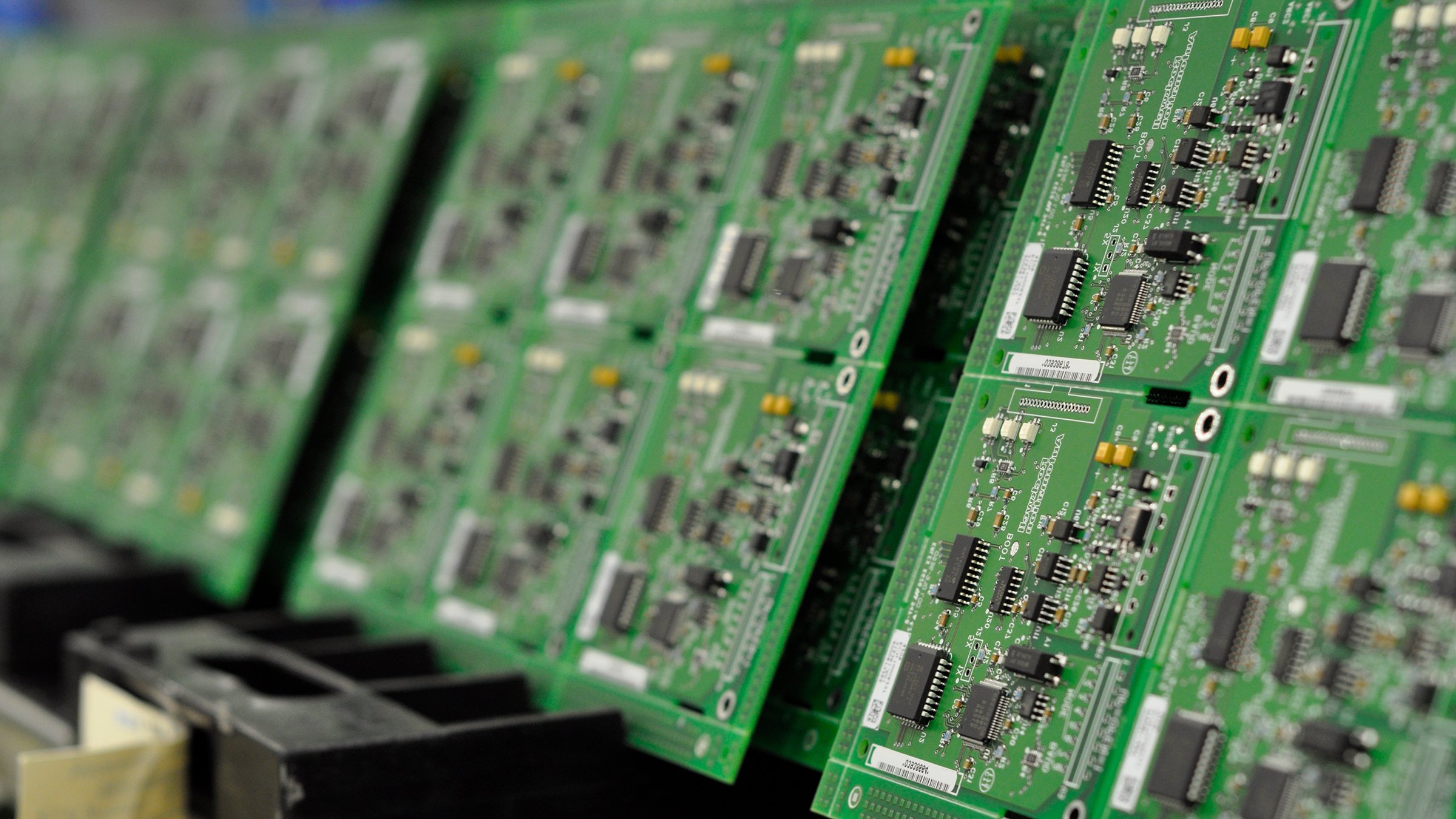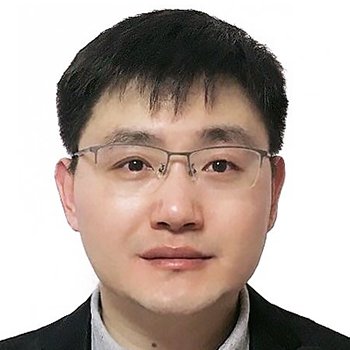Cutting-edge industry features a growing number of devices distributed on various industrial sites. Given long-time operation, it is inevitable that some of them may go wrong now and then. To identify problems earlier and take preventive measures, it is necessary to keep track of their working status. Traditionally, maintenance engineers are frequently sent to the site on patrol. However, this can incur considerable costs, and, more often than not, some problems cannot be identified promptly.
The development of Industrial IoT (IIoT) has enabled those on-site devices to be connected to the internet, so that their operation status is constantly monitored from a central location. Whatever happens can be seen from the cloud in real time and once a fault occurs, engineers can simply locate the problem and take immediate action.
As more devices connect to the internet and generate increasing data volumes, manufacturers and users are seeking not only more efficient maintenance but more insights drawn from data to facilitate growth. This implies deeper digging of data, better processing, and analytics. All those demands are creating greater technical challenges for a coordinated “cloud + edge” IIoT ecosystem.
1. Collect data from different devices
Devices deployed on industrial sites keep capturing data from different parts of the site, monitoring both the machines and the environment. As those devices are built with different interfaces (serial ports, Ethernet ports, Bluetooth, Wi-Fi, etc.), it is not easy to acquire data from them all. Various types of devices on-site are generating massive data, which is a great challenge faced by gateways that are expected to collect and process them.
Different devices communicate with different protocols. Even within the same category, there can be quite a few options. Meanwhile, some manufacturers communicate via their private protocols. This creates compatibility problems for users as most traditional gateways that transmit data support only a few of those protocols. This means several kinds of gateways are needed for a single site, which implies huge expenditure on equipment and high costs for brand switch.

